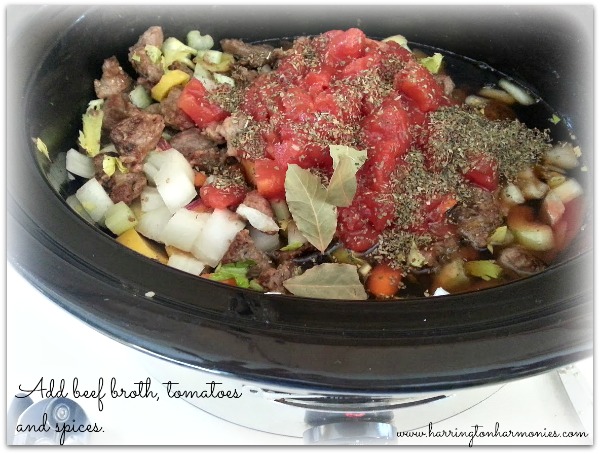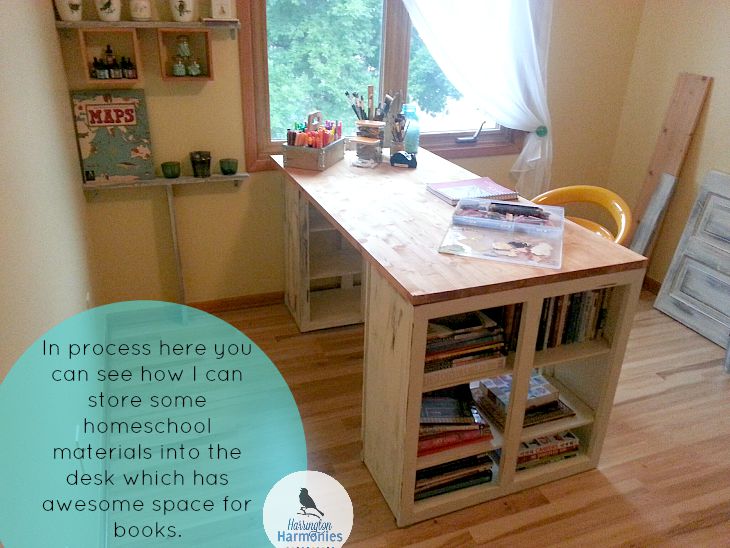If you are looking for a not so boring history spine I’d like to share a book with you. I found it to be excellent, not the dry text book that kids can have no interest in whatsoever. Maybe there is a time for that, but why bore them before they even hit middle school, right? Instead, this book reads like a story giving the child a foundation of understanding of main world events that he can build on for years to come. It’s engaging and speaks directly to the child, something which my child loved, an excellent book and I highly recommend it.
Things I liked about A Child’s History of the World:
1. It is presented chronologically.
2. It is Christian friendly and well presented to children with out “dumbing” down the content.
3. It covers both Eastern and Western civilization.
4. It can be read with or independently of the parent, to much younger children as a read aloud or a child can read it independently.
5. All ages can take something from it.
 Using it as our “spine”, I compiled A Child’s History of the World booklist. I have listed both readers(R) – to be read by the child, and read alouds (RA)-to be read with or to the child. Each correspond to the chapters in some way.
Using it as our “spine”, I compiled A Child’s History of the World booklist. I have listed both readers(R) – to be read by the child, and read alouds (RA)-to be read with or to the child. Each correspond to the chapters in some way.
Some areas have more selections so you may want to simply choose one, and some areas have less so add something. The list is presented as if you are doing small unit studies throughout the reading of the text….so you can add or subtract as much as you want and adapt it to your time and learning needs. Feel free to use all or any part of the guide; add projects, substitute readers and make it your own. This course of study would introduce the child to World History from ancient civilizations to modern times, post WWII.
My student did this study during his 3rd grade year. The books range from easy readers to more advanced for established readers. I like to mix in different reading levels so that my student is both challenged as well as having times where the reading is easy so he can feel very successful as a reader.
1. Ancient Egypt:
Pyramid
(RA)
Magic Tree House #3: Mummies in the Morning (R)
2. Ancient Greece:
The Trojan Horse-easy step 5
The Trojan Horse: How the Greeks Won the War (Step into Reading)(RA)
For a chapter book read Archimedes and the Door of Science.
3. Rome:
City by McCauley (RA)
Detectives in Togas (R) This one is more difficult reading.
4. Vikings:
Viking Adventure-beginner chapters (R or RA)by Robert Clyde Bulla

He loved making Viking style weapons. The helmet is paper mache and the shield is cardboard. You can see how easy the shield was to make. We just added a bowl to the front and painted a viking design. He had a blast with this unit.
5. Middle Ages:
Tons of books from the middle ages to choose from, here is what we used.
Here is a link to a fun little offshoot we did as an unit study for the middle ages.

Mechanical man had so much fun with building a castle. Because then he could play out all the fun things he learned about.
We made a castle from cardboard boxes and toilet paper rolls. It was a good way to apply what he learned and later could play with knights and his castle.
6. Exploration:
Marco Polo-(R)
7. Renaissance to Reformation:
8. Revolutions:
Peter the Great (R)
The Whipping Boy(R)
My Brother Sam is Dead(RA)- I only recommend this one as a read aloud, it’s not the best for younger children unless you are there to guide them. It has some bad language and so it’s best for more mature kids. It also deals with serious themes of war. But it is an excellent book and my children all liked it.
9. Civil War and Industrial Revolution:
Many choices here as well. I chose this series from one of our field trips to Appomattox.

Robert Fulton Boy Craftsman(R)
10. Modern:
Sadako and the Thousand Paper Cranes {Hiroshima}(R or RA)
A really wonderful activity to go with is is Fun with Easy Oragami. Since I lived on Okinawa for four years this is close to my heart like many other Japanese studies. This one is very fun even if you have never before had any exposure to Origami and is a perfect hands-on learning extension for the book.
I hope that you enjoy your study as much as we did!
Linked up for Top Ten Tuesday .
What books would you add to this list?





















3 Comments
Amber
Great list! A LOT of these are already on our Amazon wishlist, but we haven’t actually read any of them except for Mummies in the Morning. Thank you for recommending the others.
Theresa
i love the idea of history presented choronologically
Aadel Bussinger
Great list! We are reading about Slavery, the Western Expansion, and the Civil War right now. We have the Chester Comix!